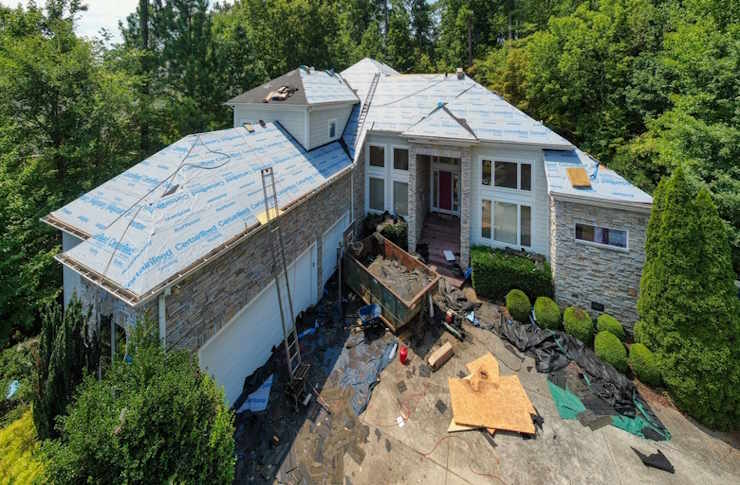When to use personal credit or home equity for property upgrades
Deciding whether to use personal credit or tap home equity for property upgrades depends on project size, timing, and your overall financial picture. Smaller repairs and quick remodeling tasks often match personal credit or unsecured options, while larger renovations that increase valuation can justify a home equity route. Consider interest differences, repayment schedules, approval timelines, and how each choice affects cashflow and budgeting before committing to work with contractors or applying for approval.

When is renovation best funded with credit?
Personal credit or unsecured loans can suit minor renovations and cosmetic updates where the total cost fits within your existing credit limits and you expect a relatively quick repayment. Using credit may be simpler to obtain, and approval timelines are often faster than for mortgage-based products. However, interest rates on unsecured credit are typically higher than secured alternatives, so compare the interest and calculate total repayment before choosing this route. Keep budgeting discipline in mind: avoid over-relying on credit for projects that could strain monthly cashflow.
How does equity compare for remodeling projects?
Home equity options—like a home equity loan or line of credit (HELOC)—are commonly used for more substantial remodeling because they leverage the property’s valuation and usually offer lower interest than unsecured credit. Equity financing may provide larger sums and longer repayment terms, which can reduce monthly payments. But tapping equity affects your mortgage balance and may carry closing costs or appraisal fees related to valuation. Evaluate whether the expected remodeling value gain justifies increasing secured debt on your property.
What finance and mortgage factors affect choice?
Interest rates, existing mortgage terms, and lender approval criteria are central to the decision. A mortgage-rate environment may make refinancing to access cash or consolidating debt attractive, while lenders’ credit checks and valuation requirements affect approval speed. If your mortgage has prepayment penalties or restrictive covenants, check how adding a home equity product interacts with those terms. Compare effective interest, total interest over the loan life, and the timeline for approval to avoid surprises that could delay contractor start dates.
How to plan repayment and cashflow for upgrades?
Before borrowing, build a repayment plan tied to your budgeting and anticipated cashflow. Estimate monthly repayments under different interest scenarios and factor in contingencies for contractor delays or permit hold-ups. Shorter-term personal credit may mean higher monthly payments but less total interest; equity loans often lower monthly cost but extend repayment. Consider whether rental income, savings, or an emergency fund will cover interruptions. Clear repayment planning reduces the risk that renovation expenses derail other financial priorities.
What to discuss with contractors and permits?
Talk to contractors early about realistic timelines, phased work options, and permit requirements so financing aligns with project milestones. Some contractors will invoice in stages tied to completion of milestones—coordinate those stages with draw schedules if using a HELOC or construction loan. Ensure required permits are in place before major work starts, since inspections influence final valuation and can affect lender approval for equity disbursements. Also assess whether materials or methods that advance sustainability goals influence costs or increase the project’s perceived value.
How sustainability and valuation influence decisions?
Sustainable upgrades—energy-efficient windows, insulation, solar systems—can change operating costs and appeal but may have variable effects on appraisal valuation. When equity funds a project, lenders will consider post-renovation valuation, so prioritize improvements that are likely to raise market value if your goal is a future refinance or sale. If using credit, weigh the faster access against potentially higher interest when estimating break-even points for energy savings and long-term value. Keep documentation of permits and receipts to support valuation and any future mortgage conversations.
Conclusion
Choosing between personal credit and home equity for property upgrades requires balancing interest costs, repayment terms, project scope, and how each option affects your mortgage and cashflow. Small, quick remodeling may favor personal credit for speed and simplicity, while larger renovations that should increase valuation often justify an equity approach. Coordinate financing with contractors, permits, and valuation expectations to align budgeting and approval timelines for a smoother renovation process.






